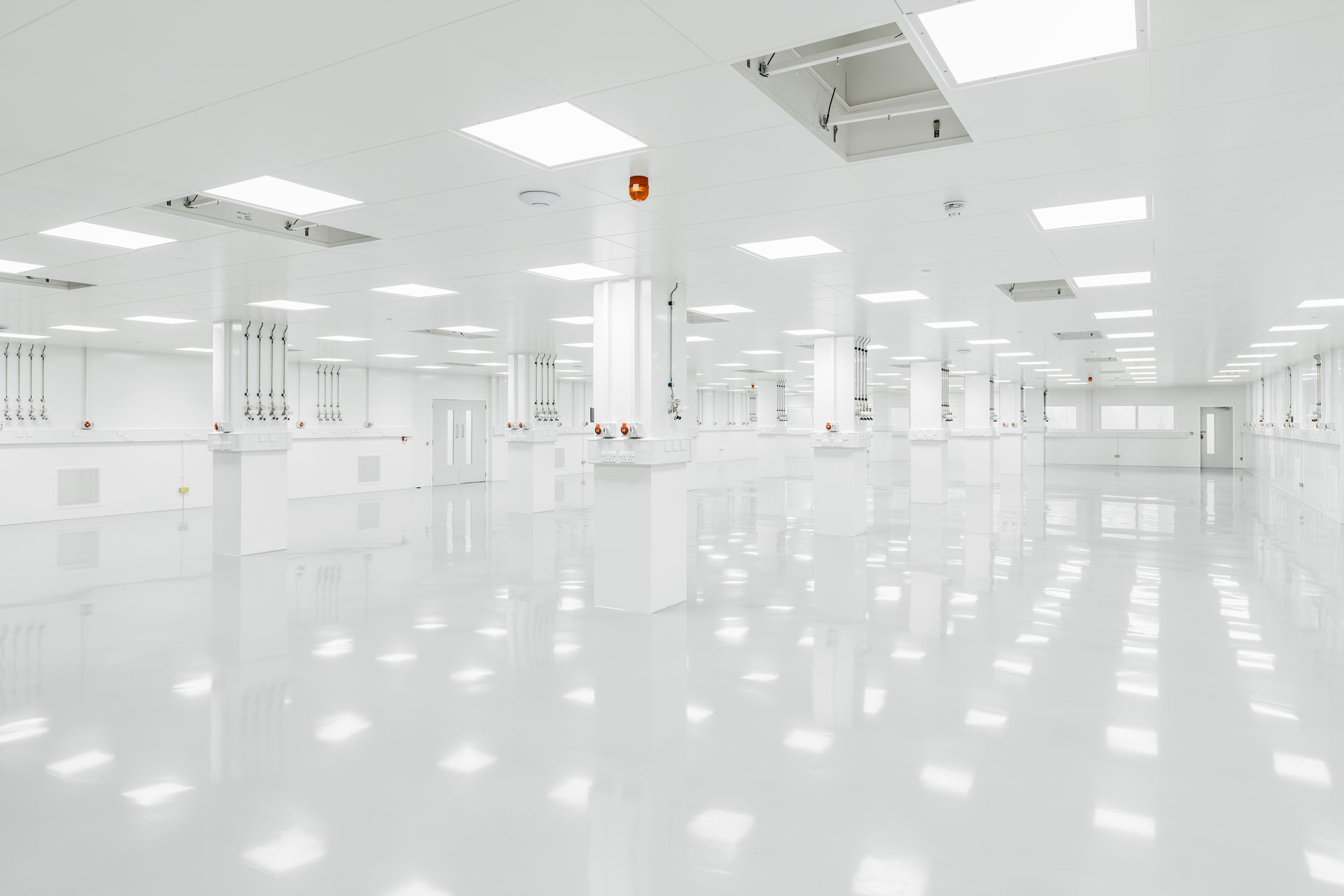Clever lighting boosts productivity
Chris Lunn • July 18, 2018
Productivity has long been a topic of discussion, particularly amongst office environments, as employers know a company is only as good as its employees.
The Journal of Property management stated back in 2001 that the cost of improving your lighting systems "can be offset exponentially by the gains of a more productive workforce". It was reported that using modern lighting equipment in the office led to an impressive 25 percent drop in absenteeism, with productivity increasing by 13 percent.
More recently, there has been a development in office lighting based on scientific research that looks into how Circadian Stimulus could not only improve productivity, but in doing so improve overall health, sleep patterns, behaviour and mood.
Circadian Stimulus: let's start at the beginning
A person's circadian rhythm is what sets the body's natural clock, and regulates their sleep cycle. Melatonin is the hormone responsible for setting and regulating this cycle, due to its natural antioxidants which prevents the cellular damage that busy and hectic lives can create.
Melatonin levels normally peak around 10pm as the body prepares itself for sleep and increases its internal metabolic activities needed to restore the body. These levels of melatonin can be affected by external stimuli throughout the day, and as a result can alter a person's levels of fatigue, making them feel tired and sleepy.
Interestingly, what affects the production of melatonin in the body comes from something as simple as lighting, or rather the correlated colour temperature of light (CCT). Receptors in the eyes respond to different types of lighting. The "blue light" that we usually experience in the morning tends to decrease the levels of melatonin, while promoting the secretion of hormones such as cortisol, dopamine and serotonin, all of which increase alertness, pleasure, stress response and impulse control. As the colour temperature of light changes throughout the day - from a bright blue in the morning, to a white light at noon, and a warmer light before sunset - so do the levels of melatonin.
To break it down further, melatonin secretion tends to stop at around 7am, with the highest levels of alertness for an individual usually peaking at 10am. By 14.30 the hormonal balance in your body will allow for the best coordination, leading to the fastest reaction time at 15.30 and the greatest cardiovascular and muscle strength at 17.00. By 21.00 the levels of melatonin secretion will start again.
This is where the Circadian Stimulus (CS) Metric comes into play, involving the type and intensity of lighting needed to suppress the hormones that make us feel fatigued and sleepy. It is based on science that looks into how the retina converts light signals into neural signals for the circadian systems, with studies showing that the use of this lighting system can improve health, well-being, performance and sleep cycles.
Dynamic Circadian Lighting
Being able to mediate the levels of melatonin your body secretes can help keep your body's rhythm stay on track and improve behaviour, mood and productivity.
Current lighting amongst office settings emit a fixed colour temperature, which means that your hormones are unable to operate and react in accordance with the change in light patterns throughout the day. As many of us spend the majority of our time indoors and in an office environment, this can have detrimental effects on employee satisfaction, productivity and overall morale.
Installing circadian lighting mimics the natural daylight and as a result changes the colour and spectrum automatically throughout a 24 hour period.
Installing dynamic circadian lighting has been known to improve sleep, increase energy, productivity and concentration as well as improve mood, behaviour and memory. It also promotes faster cognitive processing speed and healthy activities – all of which are important in a working environment.
Design process
At Glenside we are able to offer on-site field visits to evaluate the space's current lighting condition, and can help when selecting creating a lighting plan, selecting new light fittings and configuring the dynamic controls.
To find out more or talk through your options, don't hesitate to get in touch today.
View more insights: Office Design I Industrial Property I Laboratories I Wellbeing & Productivity I Company Updates
Join Our Mailing List
Thank you for contacting us.
We will get back to you as soon as possible.
We will get back to you as soon as possible.
Oops, there was an error sending your message.
Please try again later.
Please try again later.
All data is handled inline with our Privacy Policy and you may unsubscribe at any time.
Our showroom.
16 Commercial Road, Reading, Berkshire, RG2 0QJ
Quick links.
Glenside Commercial Interiors is a trading name of Glenside Commercial Interior Projects Ltd registered in England with Registration Number 14000423. VAT No. 408 5792 72
© 2025
All Rights Reserved



